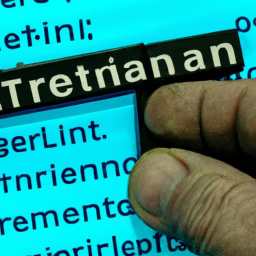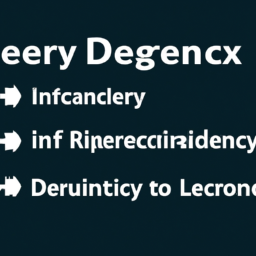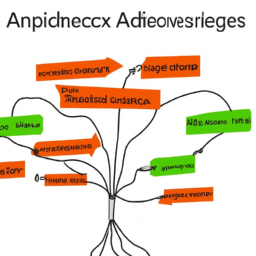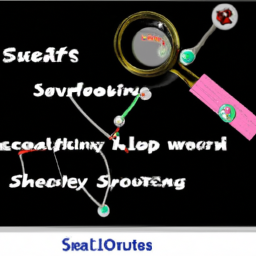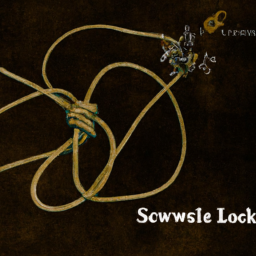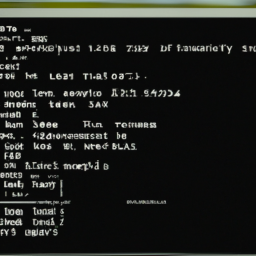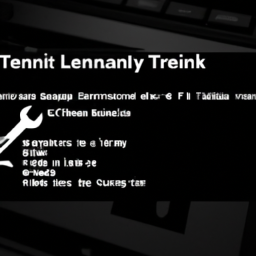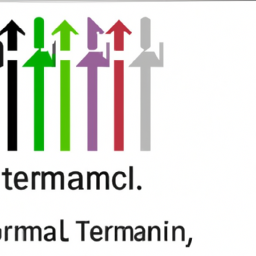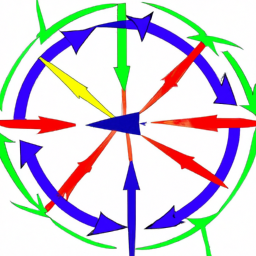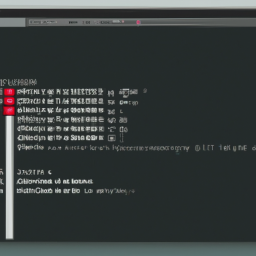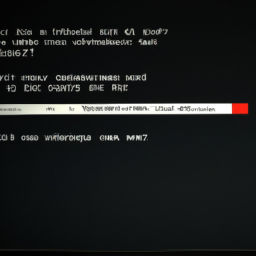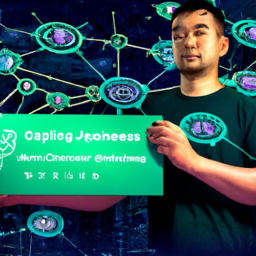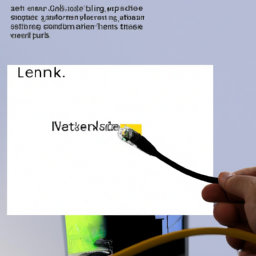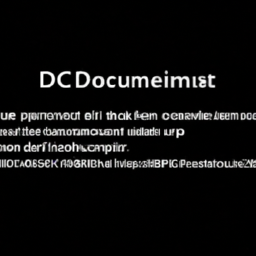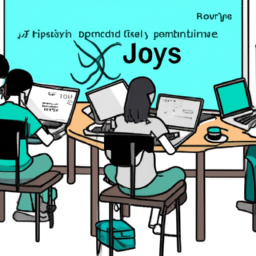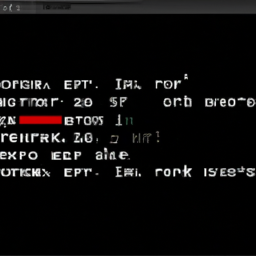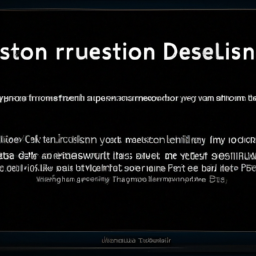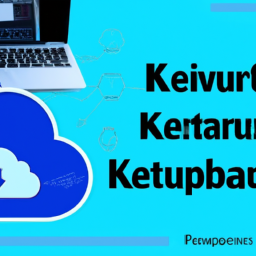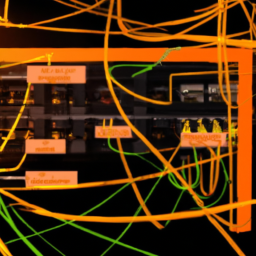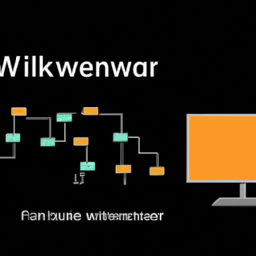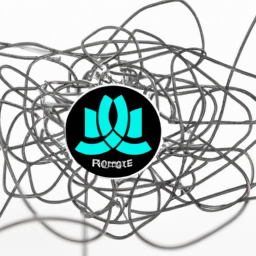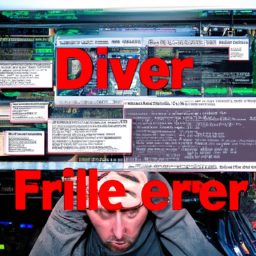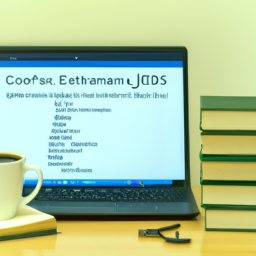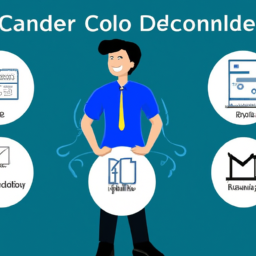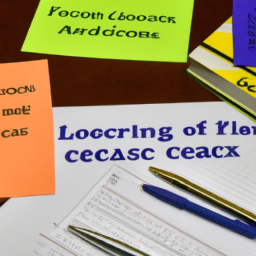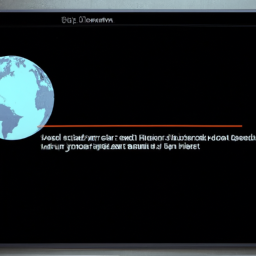Are you tired of going around in circles trying to solve package dependency errors in Linux? Don’t worry, we’ve got a step-by-step guide that will help you break free from this frustrating loop.
In the world of Linux, circular package dependency errors can be a common headache for users and developers alike. These errors occur when two or more packages depend on each other, creating a never-ending loop that prevents proper installation or updates. But fear not, because we’re here to show you the way out.
In this article, we will guide you through the process of identifying the root cause of the error, removing or updating the problematic packages, and using package managers and version control systems to resolve dependency issues. By following our detailed instructions, you’ll be able to untangle the web of circular dependencies and ensure error-free operation in your Linux system.
So let’s dive in and put an end to this circular madness once and for all.
Key Takeaways
- Circular package dependency errors are common in Linux and can occur due to incorrect package installations, conflicting versions, and incomplete updates.
- Package managers like apt or yum can automatically handle dependencies and resolve circular dependency issues.
- Best practices for managing package dependencies include using trusted repositories, regularly updating package lists, and reviewing dependencies before installation.
- Version control systems like Git and containerization tools like Docker can effectively manage and resolve circular package dependency errors.
Identify the Circular Package Dependency Error
You need to pay close attention and identify the circular package dependency error in order to successfully resolve the issue.
Circular package dependency errors occur when two or more packages depend on each other, creating a loop that results in a deadlock.
Common causes of these errors include incorrect package installations, conflicting package versions, and incomplete package updates.
To prevent circular package dependency issues, it’s important to carefully manage package installations and updates. This can be done by using package managers that handle dependencies automatically, such as apt or yum, and by ensuring that all packages are updated and compatible with each other.
Understanding the root cause of the error will allow you to take the necessary steps to fix it and prevent it from happening in the future.
Understand the Root Cause of the Error
To fully grasp the underlying issue, it’s crucial to comprehend the root cause of this perplexing error. Circular package dependency errors occur when two or more packages depend on each other, creating an infinite loop that the package manager cannot resolve. This can happen due to common pitfalls in package management systems. Some of these pitfalls include inadequate package versioning, lack of dependency tracking, inconsistent package naming conventions, failure to update packages regularly, and unresolved conflicts between multiple package repositories.
Understanding the root cause allows you to tackle the issue effectively. By understanding these common pitfalls and following best practices for managing complex software dependencies, you can avoid or mitigate circular package dependency errors.
Now, let’s delve into how to resolve the error by removing or updating packages.
Resolve the Error by Removing or Updating Packages
To fix this issue, you can simply remove or update the packages causing the error. Start by identifying the problematic packages, which are typically mentioned in the circular dependency error message.
Once you have identified them, you can try reinstalling them using the package manager. This process will replace any corrupted or missing files that may be causing the circular dependency.
If reinstalling the packages doesn’t resolve the issue, you can try using a package dependency resolver tool. These tools analyze the dependencies of the packages and suggest solutions such as downgrading or upgrading certain packages to break the circular dependency.
By following these steps, you can effectively resolve the circular package dependency error and ensure the smooth functioning of your Linux system.
Now, let’s move on to the subsequent section where we’ll discuss how to use package managers to resolve dependency issues.
Use Package Managers to Resolve Dependency Issues
Using package managers is a straightforward way to resolve dependency issues and ensure the smooth functioning of your system. However, there are common pitfalls when using package managers to resolve dependencies.
One common pitfall is relying on outdated or unsupported repositories, which can lead to incompatible package versions and circular dependency errors. Another pitfall is not properly updating or refreshing package lists, which can result in missing or outdated dependencies.
To avoid these pitfalls, it’s important to follow best practices for managing package dependencies in Linux. This includes using trusted and up-to-date repositories, regularly updating and refreshing package lists, and carefully reviewing package dependencies before installation.
By following these best practices, you can effectively resolve circular package dependency errors.
Now let’s explore how to utilize version control systems to manage dependencies.
Utilize Version Control Systems to Manage Dependencies
Version control systems are powerful tools that help you effectively manage dependencies by tracking changes, facilitating collaboration, and providing a reliable source of truth for your project. Managing dependencies with Git allows you to keep track of different versions of your code and easily switch between them. By creating branches and tags, you can isolate specific versions and resolve circular package dependency errors. Additionally, using containerization for dependency management can help ensure a consistent and reproducible environment for your project. Docker, for example, allows you to create lightweight, isolated containers that contain all the necessary dependencies. By using version control systems and containerization, you can effectively manage and resolve circular package dependency errors. This will help ensure error-free operation of your project.
Moving on to the next section, you will learn how to test and verify the solution to ensure error-free operation.
Test and Verify the Solution to Ensure Error-Free Operation
Now that you’ve utilized version control systems to manage dependencies, it’s time to test and verify the solution to ensure error-free operation.
Automated testing plays a crucial role in this process, as it allows you to quickly and efficiently identify any potential issues or errors.
To successfully test and verify the package dependency solution, you may encounter some common challenges. These include:
- Compatibility issues between different versions of packages and libraries.nn2. Complex dependency chains that are difficult to manage and test.nn3. Limited resources for testing, such as hardware or time constraints.nn4. Ensuring proper integration with other components in the system.
By addressing these challenges and thoroughly testing the solution, you can confidently ensure error-free operation of the package dependency solution.
Frequently Asked Questions
Can circular package dependency errors occur in other operating systems besides Linux?
Circular package dependency errors are not exclusive to Linux; other operating systems can also be affected. However, the resolution process may differ. While manual intervention is often required in Linux, other systems may offer automated solutions.
It’s crucial to identify the specific operating system in question to determine the appropriate steps. Nonetheless, the underlying issue of circular package dependency errors remains problematic and must be addressed promptly to ensure system stability.
Is there a way to automatically detect circular package dependency errors?
To automatically detect circular package dependency errors, you can rely on specialized tools and techniques. These automated detection tools scan the package dependencies within the system and identify any circular references. They can provide detailed reports highlighting the specific packages involved in the circular dependencies.
This saves time compared to manual troubleshooting, where you would have to manually analyze the package dependencies and identify any circular references.
Are there any tools or software available to help resolve circular package dependency errors?
To resolve circular package dependency errors, there are several tools and software available that can assist you. These tools analyze the dependencies between packages and identify any circular dependencies.
Some popular tools include apt-rdepends, apt-cache, and debtree. These tools provide detailed information about package dependencies, allowing you to manually resolve the circular dependencies by installing or removing packages as needed.
By utilizing these tools, you can effectively resolve circular package dependency errors in your Linux system.
What are some common symptoms or signs of circular package dependency errors?
To troubleshoot circular package dependency errors in Linux, you need to understand the impact they have on system stability. These errors occur when packages depend on each other in a loop, causing conflicts and preventing proper installation or removal.
Common symptoms include failed package installations, broken dependencies, and system crashes.
By identifying the affected packages and resolving their dependencies, you can restore system stability and avoid further issues.
Are there any best practices or recommendations for preventing circular package dependency errors in the future?
To minimize circular package dependency errors, developers can use modular design techniques. By breaking down complex systems into smaller, independent modules, dependencies between packages can be reduced. This allows for easier management and debugging of dependencies.
Additionally, continuous integration and automated testing are crucial in preventing circular package dependency errors. These practices ensure that changes made to one package are thoroughly tested, preventing any potential conflicts or circular dependencies from occurring.
Conclusion
In conclusion, solving circular package dependency errors in Linux can be a complex task. By identifying the error and understanding its root cause, you can effectively resolve these issues. Additionally, utilizing package managers and version control systems will also help in the process.
Remember, "Rome wasn’t built in a day," and neither is fixing circular dependencies. With patience and careful execution of the steps outlined in this guide, you can overcome these errors and ensure a smooth and error-free operation of your Linux system.
Happy troubleshooting!




